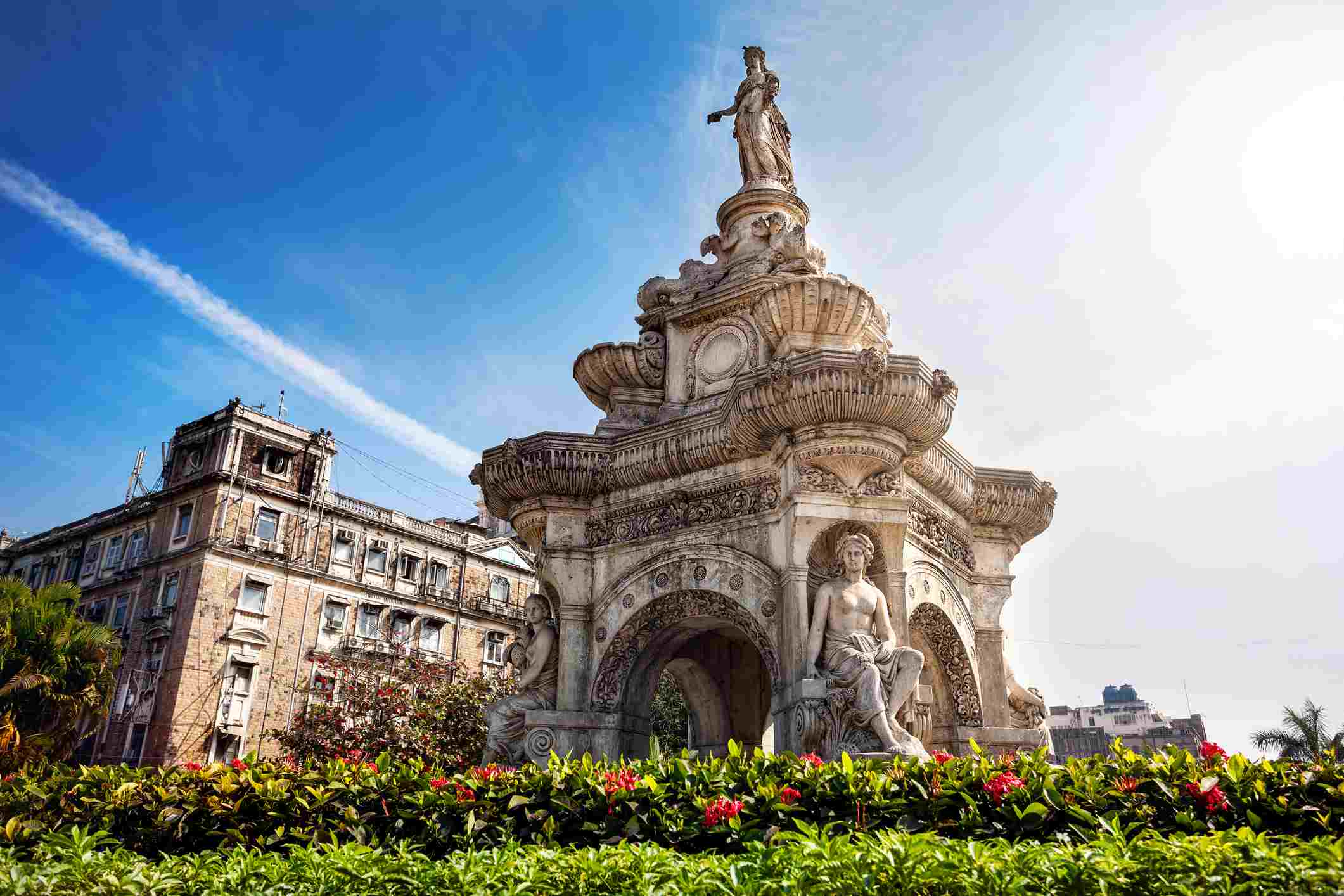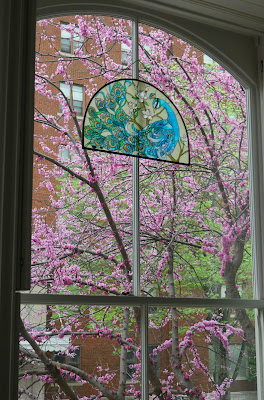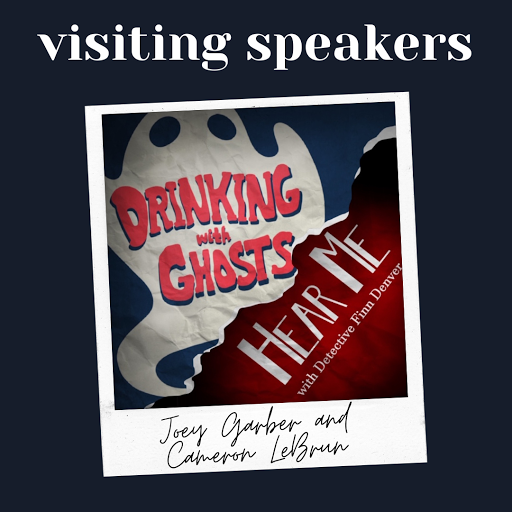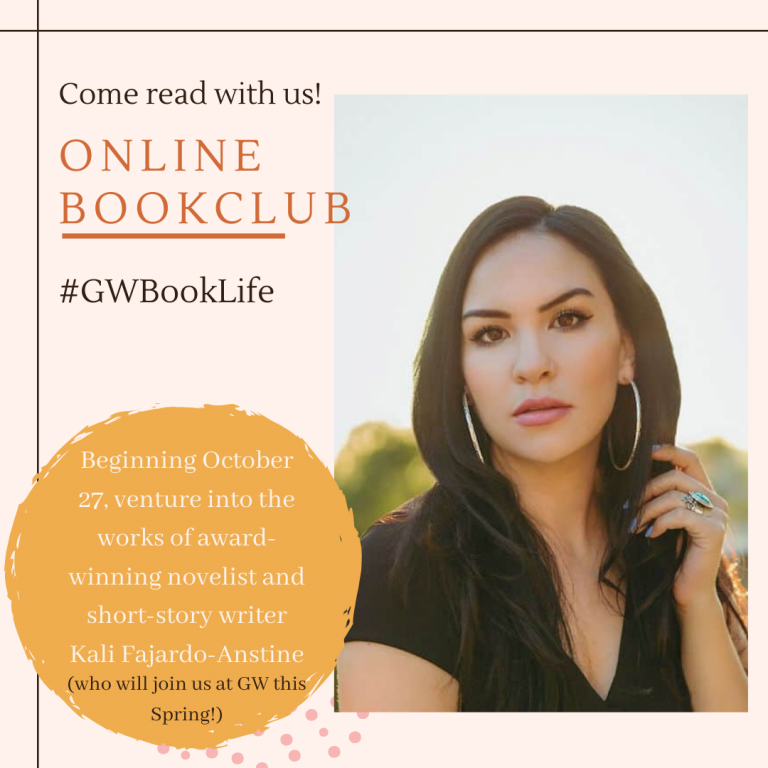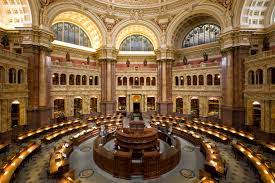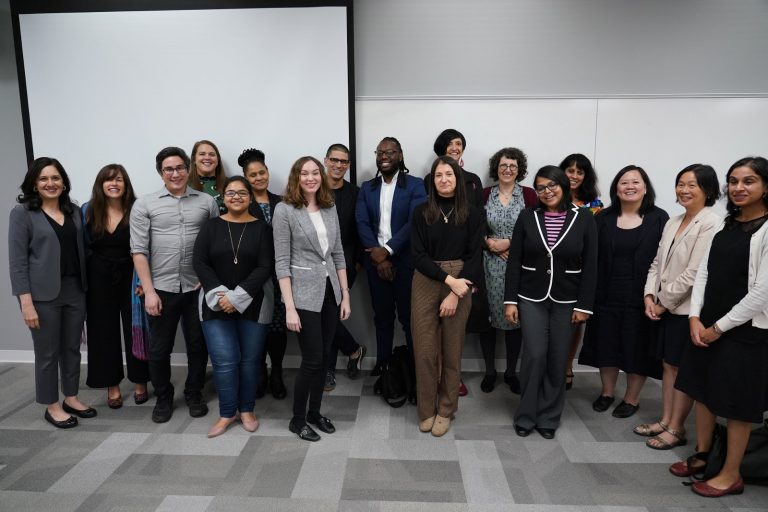Professor Daiya on Mumbai, Migration and More
.JPG) |
| Professor Kavita Daiya |
I traveled to Mumbai (India) over the December holidays to continue my research: Mumbai as a city plays a central role in my current book in progress Peripheral Secularisms. This work in part follows up on my first book Violent Belongings: Partition, Gender and National Culture in Postcolonial India. Peripheral Secularisms focuses on the experience of migrants and their descendants from the 1947 Partition of India as it appears in literature, film, oral testimony and public culture. This is part entails interviewing survivors of the Partition who migrated from newly-formed Pakistan to India around 1947 and are now settled in and around Mumbai (then known as Bombay), something I have been doing on digital video for the last few years. (Bombay city was one of the largest recipients of Partition refugees by 1948-49, as many came seeking work and homes in this urban center.) This is part of my Digital Humanities Histories of Violence and Migration project www.1947Partition.org. Engaging scholars like Judith Butler, Jurgen Habermas, Charles Taylor, Talal Asad and Rajeswari Sunder Rajan who have recently written about secularism and the role of religionin the public sphere, I am interested in how refugees’ stories speak of secularism and enact ‘the secular.’ In this, I’m particularly interested in how gender shapes these stories, and how generational differences appear. Further, I ask: How does this past history of displacement shape current ideas about belonging and ethnic nationalism? What is the relation between history, memory and the rhetorics of secularism that emerged in post-Partition India?
 |
Mr Shah, an interview,
migrated from Karachi in 1947 |
The people I met-from Mr. Surendra Shah to Mrs. Shanta Hirani-were kind enough to welcome me to their homes, and share with me their remarkable stories. My interviewees came from a diverse range of regional communities, from Gujarati merchants to Sindhi landowners-turned-doctors and teachers who migrated in large numbers from Sindh to Mumbai via ship and air. Most of them offered accounts about happy and peaceful lives in the pre-Partition era, and the hardships faced by them as they were ambivalently received in Mumbai. Considered both citizens and refugees, their mixed reception, combined with the hardships of the loss of community, land, roots and home, is a moving testimonial of the violent experience of ordinary people, who, unlike the political elite, bore the brunt of the division. In some ways, these stories are evocative of some brilliant literary representations of the Partition in English, Hindi and Urdu that I teach and write about: Bapsi Sidhwa’s Cracking India, Sadat Hasan Manto’s stories in Mottled Dawn, Shauna Singh Baldwin’s What the Body Remembers, and our former colleague Vikram Chandra’s Sacred Games. Yet, they offer a different perspective on the history and memory of the Partition, one that reminds us of its enduring everyday impact, and its legacies for contemporary politics and citizenship in South Asia. It was particularly compelling to interview the descendants of those who migrated in ’47, some of whom live in Mumbai, but many others have left as immigrants for other shores from Hong Kong to Washington DC; how this intimate history shapes their sense of community and cosmopolitanism, their views on violence and the politics of peace will, I hope, be part of the story Peripheral Secularisms tells.
It was a productive trip, especially as these questions for me are urgent: Partition has been used as a strategy for resolving political conflict not only in India but also in many other countries around the world including Korea, Cyprus, Ireland, Israel, etc. Religion, as many others have also noted, as re-emerged in our public spheres in new ways to articulate modern conceptions of community, national and cultural. To study this in a comparative frame, as we often do in some of my courses like Eng 3730W and Eng 6560, is to re-examine Partition as a political strategy, to understand the gendered violence it can generate, and to work towards other
visions of how religion, everyday life and community might be inhabited.


